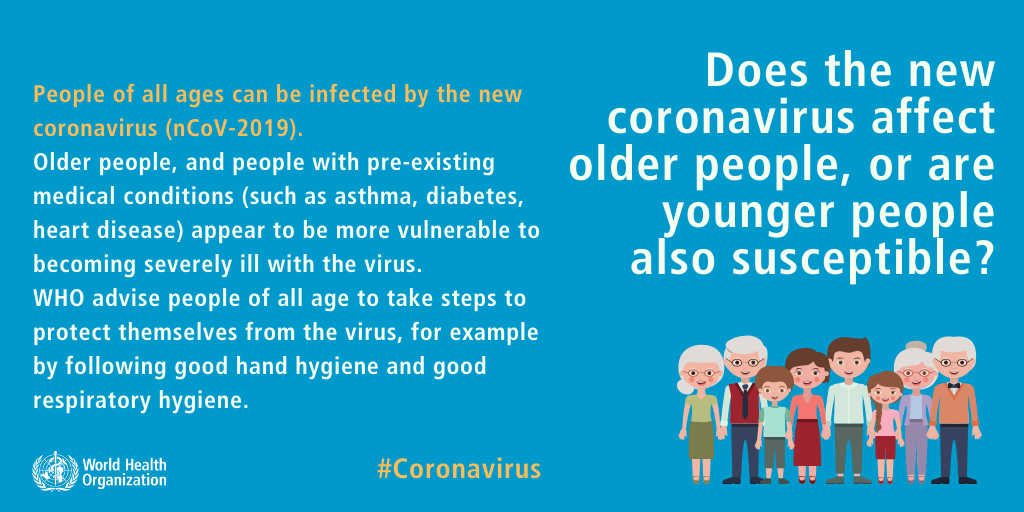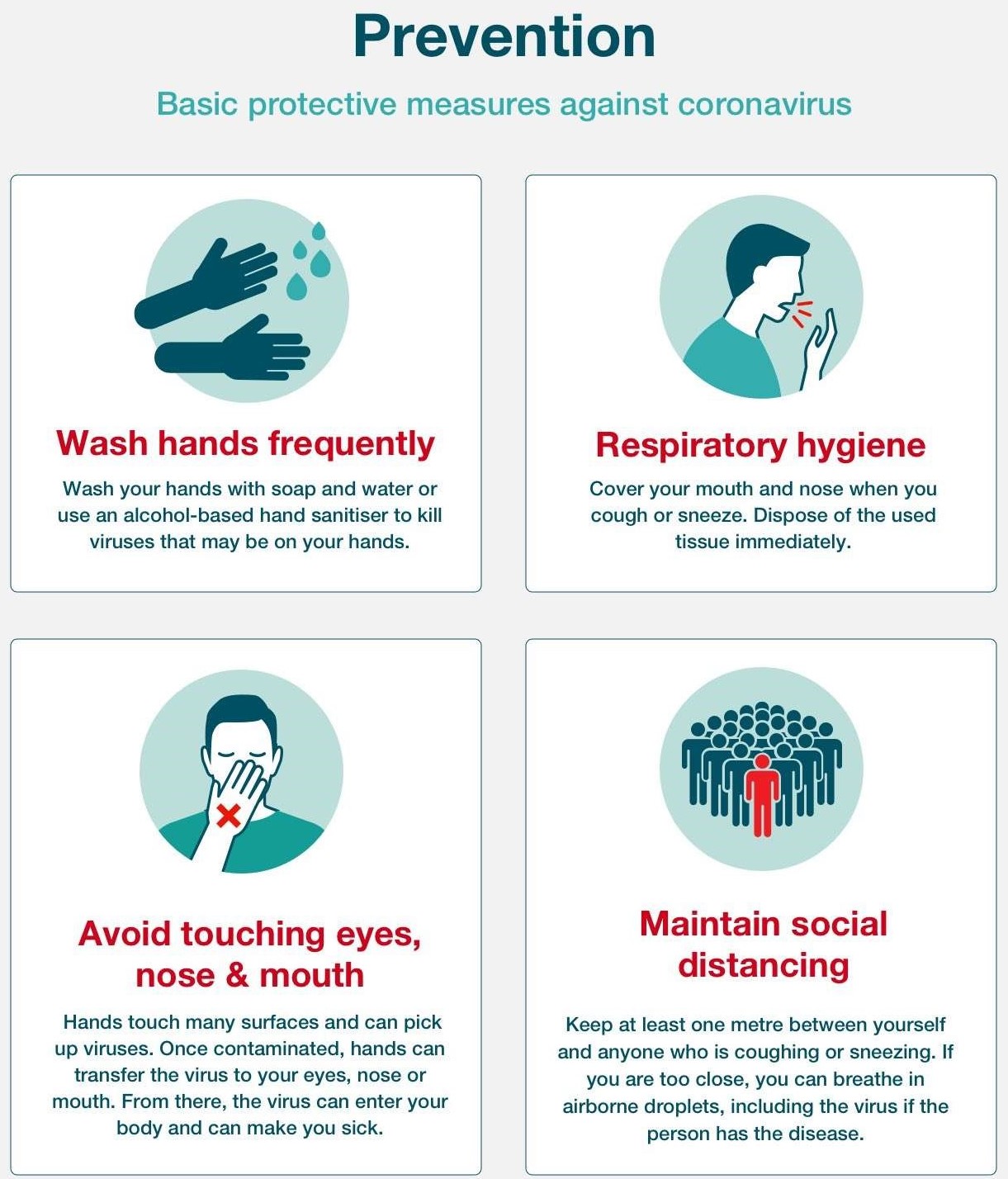How can we all help “flatten the curve”?
I hear a lot about “flatten the curve” these days and it took me a while to understand what that really means. As a surgeon I try to make sense of opinions from public health experts and translate them into practical suggestions for my patients. Please feel free to be inspired by what you consider right and ignore what does not feel right for you. This post should be appealing to people above the age of 60 years, those who require chemotherapy or radiation treatment and people with any other illnesses affecting the lungs.
For young and middle aged people (if they are healthy otherwise) the situation is less dangerous for themselves, however they can potentially infect elderly family members or those with chronic medical conditions who are more at risk of experiencing severe symptoms. Those at higher risk should consider minimising contact with others.

Here are some assumptions of the COVID-19 pandemic:
- Currently, infections with COVID-19 increase exponentially and we assume that the number of confirmed cases double every 4 to 6 days.
- The incubation period of the virus is unknown.
- It is also unknown if people who overcome the virus develop immunity.
- Australian governments assume that only 25% of the population will get infected and to what severity. Some overseas governments assume that 60% to 80% of the population will become infected but not all people will get seriously ill.
“Flatten the curve” means that we try to delay the onset of becoming ill with COVID-19. The later we get ill, the higher the chance we are able to get a hospital bed if we need one. Hundreds of people competing for very few hospital beds is one of the dreaded nightmares that we all want to avoid becoming a reality. Time also increases the likelihood that a vaccine will be developed.
![]()
Source of image: https://www.nytimes.com/2020/03/11/science/coronavirus-curve-mitigation-infection.html
There are a few actions we can take to help flatten the curve and slow the outbreak of COVID-19. Starting these actions as soon as possible and as early as possible will increase its effect.
Avoid being within static masses. I went for a hike into the forest with my wife on the weekend. We only encountered a few people and quickly passed them. Hardly a chance to get infected. If you are stuck in a static crowd, which does not move or moves very slowly, the chance of getting affected is much higher. If you are unable to avoid masses (need to go shopping), wear a mask if you have one and keep your hands below your shoulders to avoid touching your mouth, nose or eyes at all costs. Keep your exposure with the masses as brief as possible.
Still people arrive on planes from countries like Italy, France and other COVID-19 infected countries and some of these people have mingled until a short while ago. Unfortunately by the time symptoms of people carrying the virus become apparent, other people have been infected. If your relatives want to visit you after overseas travel, ask them to postpone the visit for two weeks until they are sure they are healthy.
Sufficient sleep is critical to keep the immune system up. In the past few years, I have only developed common flu symptoms when I was sleep deprived. Sleep is the only way the nervous system (and maybe also our immune system) can recover and recharge energy.
If going out is necessary, and when you come back into the safety zone of your home, wash your hands as if your very life depends on it. You need to use soap and wash for at least 20 to 30 seconds. Singing “Happy birthday” 3 times takes you about 30 seconds.

